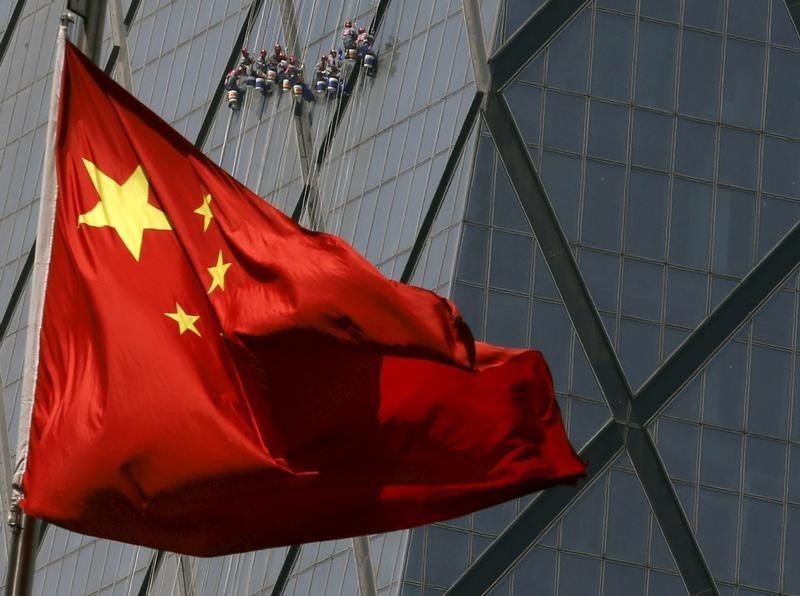Investing.com -- Chinese manufacturing activity shrank for a second straight month in May, data showed on Wednesday, raising further questions over an economic rebound in the country as weak demand and slowing capital investment pressured the country's biggest economic engines.
The official manufacturing purchasing managers’ index (PMI) read 48.8 in May, according to data from the National Bureau of Statistics. The figure was lower than expectations for a reading of 51.4 and the prior month’s reading of 49.2. A reading above 50 shows expansion in activity for the month, while a reading below indicates contraction.
While China's manufacturing sector saw an initial boost in the first quarter after the lifting of anti-COVID measures, readings for April showed that this momentum was running out of steam. The sector is grappling with a steady slowdown in local and overseas demand, amid worsening economic conditions.
The official manufacturing PMI surveys large-scale, state-owned firms. A private survey covering smaller, private firms is set for release on Thursday. Investors usually use both surveys as a gauge of overall manufacturing health in the country.
Several key facets of China’s economy - particularly consumer spending and the property sector- are still struggling to recover from three years of strict COVID lockdowns. While the government has rolled out more liquidity measures to offset this slowdown, private investment in the country has remained sluggish despite the lifting of COVID restrictions.
This saw growth slow in sectors apart from manufacturing.
Chinese non-manufacturing business activity disappointed in May, with the PMI falling to 54.5 for the month, lower than expectations of 54.9, and the prior month’s reading of 56.4.
This saw overall Chinese business activity, represented by the composite PMI, fall to 52.9 in May from 54.4 in the prior month.
Chinese Premier Li Qiang had recently flagged more targeted measures to support an economic recovery this year. The People’s Bank of China has consistently rolled out more liquidity measures this year, and is also expected to potentially cut interest rates further this year to boost growth.
Another measure that China may be using to encourage growth is by keeping the yuan weak, which in turn boosts export revenue. The Chinese currency slumped to six-month lows over the past week as traders grew more uncertain over an economic rebound this year.
China is also grappling with a resurgence in COVID-19 cases, with some officials warning that cases could peak by end-June.
